Typically the first
Ana of each family are considered responsible for burying the ancestors of their lineage and providing their appropriate offerings. If an individual dies without providing a child to carry out such rites, however, their ancestors are adopted into the ancestral family of the Herd's
Voltak, and ritually attended to by the Herd’s
Yngva instead. Other rites are also frequently performed, and it is known that the
Voltak plays a major role in such additional ceremonies-
and that many of them are connected to their concept of
Bjorak. But as these ceremonies are heavily guarded and secretive; little is known about the specifics of such rituals and the exact role their leaders play in them.
Housing & Architecture
Goliath Tents, however, are of the most superior build and easily constructed even by a begining explorer; to construct a tent in the style of the Goliaths is easy enough. One must simply have a thick, waterproof canvas and several poles- all of which have been smartly sharpened on one end. Shoppe purchased is, of course, all fine an dandy if one cannot forge their own, but for the sake of authenticity a mountainer should source their poles from a goliath smith. — Pati Caulton, The Mountainer's Guide to Tentage
Living in Herds as nomadic wanderers, Goliaths rarely put down roots long enough to build legitimate structures in the same way as other sophonts do. For that reason, "buildings" are often brutalist and utilitarian in nature- specifically designed for being put up and torn down, and transported, with ease as the Herd travels from location to location. And this sort of brutal practicality is perhaps most easily seen in the tent structures they use as their primary form of housing.
Tent structures are, in reality, nothing more than thick canvas. In the case of Goliath tents, they’re woven in three layers: First, a sturdy outer layer waterproofed using thick, rendered fat. Second, an insulated layer (frequently of
Oelot hair). And a final inner layer of soft, well-tanned hide; this canvas is woven in strips a Goliath and a half or more in width, and at least two Goliaths in length. It is then affixed to several metal poles that are sewn directly into the canvas between the two exterior layers; approximately 5 feet of sharpened pole is left exposed on one edge.
To set it up, a Goliath simply unrolls the canvas, and drives what are effectively the inbuilt spikes into the frozen mountain ground. A thick, circular cover of tanned hide on the underside, and intact fur on the top, is then placed over the top of the structure in order to cover it and keep out the harsh wind and snow common in the mountains; as unremarkable as this tent is, perhaps, it is the way in which they're designed which is unique among other nomads. And in that regard, the single soft panel of the tent sides allows Goliaths to set up camp just about anywhere- easily conforming their living structures to whatever room is available in their new camp... An arguable necessity when one frequently camps on cliffsides and rock faces, where large quantities of space are not always readily available.
Food & Cuisine
Food sources are incredibly limited in the mountainous regions where most Goliath Herds roam; hunted game is plentiful enough, and fish can easily be caught with a little patience, but there is little by way of forageable plants- let alone much capacity for traditional agriculture, even if their lifestyles allowed for it. For this reason, Goliath food culture emphasizes hunted meat and little else. And what does get hunted is usually consumed in full- including offal, fat, and other bits usually deemed unsuitable for consumption by other sophonts.
Short of stews and dumplings, barbecue is the most common method of cooking. Traditionally this involves digging a hole in the ground and placing meat (usually a whole game animal) on a spit within, and smoking it- often for long periods of time over dried cakes of dung collected from what little accompanying livestock a Herd may keep. In most cases large pots are also placed among the fuel in the bottom of the pit so as to catch the fat and juices rendered during cooking, which can later be used in the production of other dishes.
Goliath food has far too much fat in it. More fat and meat than I've ever seen, in truth- and I've finally ran out of leaves (not that there were many in the first place)... But somehow... Somehow... There's still a never ending stream of material that exists within me; I don't know how they stomach it day in and day out.
I have been here but three weeks, and I cannot fathom how I will stay the full 6 months I've been ordered to spend. I'm afraid I likely won't even survive; my system can't handle this for very much longer.— note from unfortunate Archaeologist
In addition to hunted game, Herds also frequently keep small groups of
Oelots and Goats with them. But unlike most cultures who view these animals themselves as food sources, Herd livestock are only eaten in times of extreme scarcity or necessity. Instead, Goliaths view them as far more valuable for the milk they produce, which is used to supplement their already incredibly limited diet. To extend the life of these products even further, provide greater variety, and make their storage easier for transport, the resulting dairy is often made into rough fermented products such as Yogurt,
Khefir, and various types of Cheeses. Meats that aren't consumed, too, are smoked or further dried for storage.
The use of vegetables and spices are often limited due to environment as well. As a result, foraged goods are frequently made into long lasting fermented products whenever found. These products are produced and stored in large clay or stone crocks, usually strapped to the back of livestock during travel, and include products such as
Ídyl,
Hjola, and
Burog. These are later used as additives to stews, fillings for dumplings, or eaten raw as garnishes, snacks, or side dishes. Occasionally, however, they may be simpy smoked or dried in much the same manner as meat- which is often the case with berries and other sweeter foraged goods.
Because food is such a scarce commodity in the mountains, it's treated with the utmost importance and respect. And whenever possible, nothing that can be wasted by the Herd will be. What is perhaps most interesting about Goliath food culture, however, is their practice of food sharing; due to the way Goliath society views fair play and communal contribution, and how these things factor heavily into their culture, Goliaths ultimately have no concept of food ownership especially. As a result, food may be obtained by one person but does not
belong to those who hunted, gathered, or even purchased it. Instead it belongs to the Herd and, whenever it's provided, is shared broadly with anyone who is hungry or in need of it.
This is perhaps best reflected in the two average meals that Goliaths eat in a day (as opposed to their routine snacking while traveling)- both of which are eaten in a very open and frequently communal manner; whenever one familial unit completes the process of cooking a meal, it's not uncommon to hear a cry of
"Pall abína!" sent up in the camp- an open invitation for anyone in the Herd who is hungry to come and share what they've cooked with them.
Art & Leisure
The game board is simple: A long, coiled snake whose body has been segmented into a number of rectangular spaces. Three to six spheres, and another three towers, all carved from gemstone (they seem to favor red Garnets), are moved around these segments on the board in a pattern.
The rules of the game elude me, however. While the board and pieces are certainly simple, I've yet to see any distinguishing marks on these segments- and there doesn't seem to be any standard in how many there are; it appears as though one cannot learn simply by observing others play, and after having spent so much time with them I'm too ashamed to ask.— Anthropologist Torra Haller in private journals,
during her time with the Caercedian Kufúr Herd
Once camp is set, and bellies are full, Goliaths may turn to any number of activities to entertain themselves.
Hína, those of the Goliath third gender, may busy themselves in finer crafts such as basket weaving, pottery, and various textile arts; considered some of the most important cultural crafts, these are typically performed only by those who transcend the baser reproductive roles due to the high level of skill required to produce their intricate traditional styles. As Herd lore keepers and teachers, too, these leisure times provide an integral opportunity for Hína members to pass the traditional skills and knowledge to the children.
In the inner circle of the camp, Ana of the Herd may busy themselves with music- preferring a wide variety of percussive instruments for their strength and clarity of sound, as well as the way in which it reverberates against the peaks. Gída, on the other hand, revel in dance- performing steps with increasing difficulty in an attempt to outdo one another. A wide variety of song games are also played at this time- many being indulgences in the Goliath custom of Ímka, or creative ways of recounting Goliath history and oral lore.
Regardless of status or gender, however, Goliaths delight in all manner of competition and have a fierce competitive streak; from the simplest of card games and most complex of board games, to tests of athletic skill performed in sports and gladiation, competition forms the backbone of communal leisure time for every Herd... Even the tradition of Ímka is itself a form of competition- as are many of the dance and song games played around the fire each night.
Here, however, their competitiveness and combativeness is not simply wantonness or destruction for the sake of it, as is commonly believed of Goliath competition by outsiders... But is instead heavily ritualized and often even legalistic in nature; Goliaths take their competitions seriously, and place an incredible amount of value on rigidity of rule- believing that competition only truly exists when well supported by a level playing field, in order to ensure the truest matches of skill and wit between challengers. This can sometimes lead to prejudice against smaller species when their ego gets the best of them, but even the best of Goliaths can usually recognize when the smallest Sophont is an equal competitive match for them- whether in wit, or in athletic ability.
Beauty Ideals
Nothing, perhaps, is more beautiful to a Goliath than decades of scars carved out on one's body- a record of all tests of strength and skill that one has survived over the course of their lifetime. And indeed, the worse for wear you look in some regards, the more beautiful you're considered among Goliaths. Over the years, this has led not only to interesting rituals surrounding showing off one’s scars and even a particular focus on them during
Ímka… But also to the development of various scarification practices.
During the scarification process, scars are artificially formed by cutting or branding the skin using varying methods. This is typically done in repeating patterns, mostly circular in nature, across large swaths of skin. To encourage the development of more prominent, raised scars, the wounds are often further irritated by scratching them with charcoal- purposefully influencing the wound to scar more instead of less; as the process is incredibly painful and long lasting, it’s often considered a mark of honor that one makes it through the process without showing any emotion or pain. This is compounded by the fact that the individual is disallowed from receiving any form of magical or other healing until the scars have healed naturally on their own, as any healing aid for any reason may reduce the scarring.
The wound must be kept clean while healing- oft' by bathing in fresh mountain springs. Though no poultices or magic should be applied lest it reduce the scaring; not even a bit of bark may be taken to numb the pain- and I have seen many give in to the shame of a grimace or two.— Rosalie Barmond, Beauty Rituals of Saleh'Alire
Not just anyone can have scarification done, however, as it’s practiced according to rather strict social rules; only those who have succeeded in specific accomplishments (such as slaying a large beast), or have reached certain life milestones (such as reaching marrying age), may receive such scarification- and only the Herd’s
Yngva may complete them as part of a spiritual ritual.
Patterns, too, are highly dependent on the Goliath, their
bjúr and
brú, and the accomplishment in question. As a result, scars frequently indicate a Goliath’s rank within their Herd- and may even go so far as to indicate their Herd of origin altogether. Certain patterns may reflect gender, as well- with Hina members receiving a specific mark of three on their forehead when they take on the gender role in their society. A complete lack of scars, on the other hand, often symbolizes that a Goliath has not yet reached their age of majority.
Traditions & Taboos
Food, water, and shelter are rare in the uppermost peaks of the mountains. Here, a single mistake can mean the end of an entire Herd- while a single heroic deed can mean its survival until the next challenge arises. Those who make mistakes, fall too far behind, or refuse to pull their weight (or worse: outright get another Herd member killed), are exiled from it without remorse; ceremonially stripped of their honor, social status, and rights within their society, and shunned, they become outcast wanderers rejected by even their ancestors- prevented from ever achieving their rightful place beside them in death.
Ska Arati, Íthún Kótah, (daughter) of Temíni of Arge. I challenge you as Ngi, and for I it is no mere nickname... For I am Samíra, (daughter) of Arzur's lineage, birthed by Zavín the Dragon- themself in turn the spawn of Semíg, (wife) and (mother) of the best Warriors in the Domur! And look how it is, that my eyes glint like Emerald in the firelight as proof of my name!
I am myself the darling of the Bremash, and all my splendor and luster has named me "(she) who nabbed sweet Veska"... But my luster was noted well before (his) time, by Orek (himself)- Voltak of the Urúta! It was (he) who said I outshone the (Women) of the world in form and lineage- for it was my beauty that stole his Spirit, and my arms and wit which slew the vicious Dín beast who hounded them for weeks! A joy of the heart I am clearly, and if I were welcoming no (Husband) would care to be yours come first dawn. Gisha!— Samíra Arzur of the Domurian Bremash Herd,
during a game of Ímka against Íthún Arge
For that reason, Goliaths live and die by their deeds. Action plays an integral role in social and other standing within a tribe outside of that already established by the individual's bjúr. As a result, many Goliaths have a cultural compulsion not just to compete, but also to keep score- counting deeds and tallying accomplishments in order to compare them across their Herds.
Goliaths love to win these competitions, too- seeing it as another notch in the belt of their accomplishments... But while some kinds of loss and mistake may be met with the harshest level of retaliation? Overall, outside of the concern of survival Goliath culture sees loss as a positive thing; defeat is not a moment of shame, but rather an opportunity to improve one's skill further. And if the Herd is to survive, learning the lessons presented by loss is integral- even if that's just the loss of a simple game of Knuckles.
Culturally, their brú demands that Goliaths be good losers, too, as well as gracious winners- and to do everything to ensure the playing ground is level in the first place. And while Ímka may be a longstanding ritual of the highest cultural value, born out of this competitive drive to keep score... Even Goliaths have their limits; genuine pompousness, looking down on or ridiculing your competitors, cheating or injuring your opponent in order to win, bragging about accomplishments that are not your own, severely over exaggerating the impressiveness of one's deeds, and related actions are all social taboos of some of the highest orders.
Once or twice may be socially acceptable to prove a point or encourage a friendly game... But do it too loudly, too often, and you may just be accused of going against your
bjúr, or
forgetting your place. And to act against ones
bjúr- or ridiculing another for their own rank, especially if it is lower than one's own- is considered one of the largest acts of disrespect, and potentially even evil, that a Goliath can culturally commit; to do so is to utterly reject Goliath culture and teamwork, and the very Herd itself- an act for which the punishment is total exile. Because while the Herd values personal accomplishment, self-reliance, and skill, it has little room for those who view themselves as superior, or stand out as individuals in all the wrong ways.
▼ Playing A Goliath in Saleh'Alire ▼
Racial Stats.
Use the statblocks provided for the 5th Edition Goliaths by Wizards of the Coast. You may find these in the official
Elemental Evil Player's Companion Supplement. Alternatively you may choose to use the rules provided by
Tasha's Cauldron of Everything instead.
Names.
Because Goliaths recount long lineages as part of cultural and spiritual rituals, Goliath culture trends towards giving their children short names; with light modification,
Faroese and
Afrikaner names are both consistent with the world's naming conventions- but you may also choose to use
Half Orc names, or
Lord of the Rings' Orc naming conventions- or come up with your own.
Professions.
A heavy cultural emphasis on physical strength and prowess often produces skilled martialists, such as Fighters and Barbarians. The tradition of Ímka likewise produces skilled Bards; when picking a class for your Goliath, consider how their culture would have impacted their class choice as an adventurer.
Leaving the Fold.
Goliaths live and die for their Herd and its traditions- and though it may have rejected them, even an
exiled Goliath often makes a big deal of their lineage and the Herd they hail from. Not all who leave were exiled, however... Consider what action or decision would make yours walk away from it all.
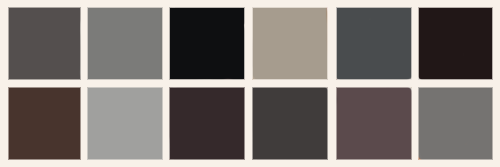
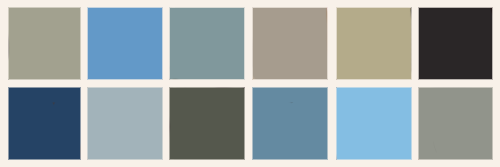
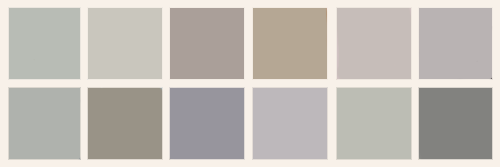
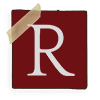





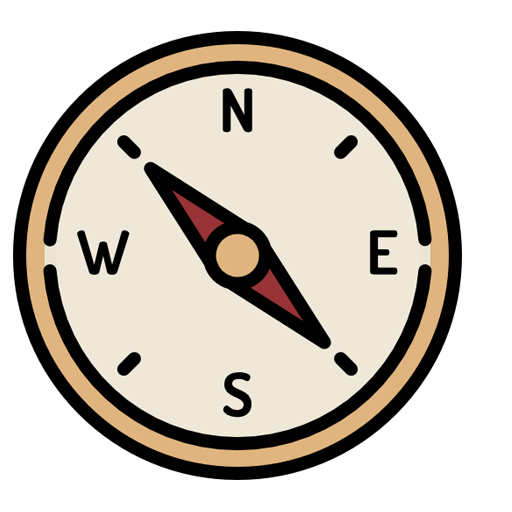
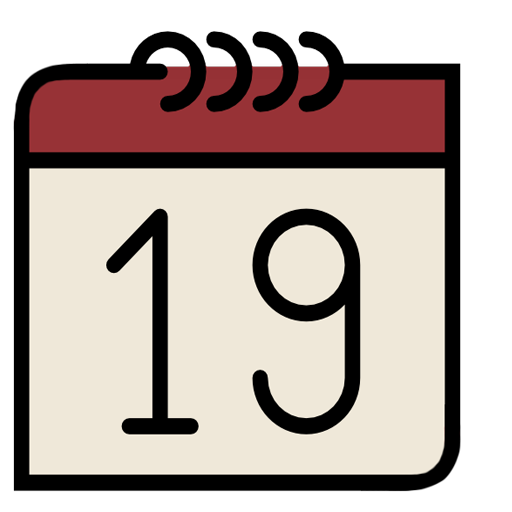
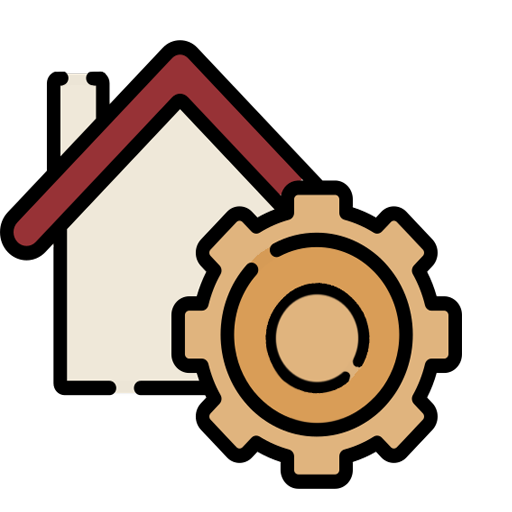
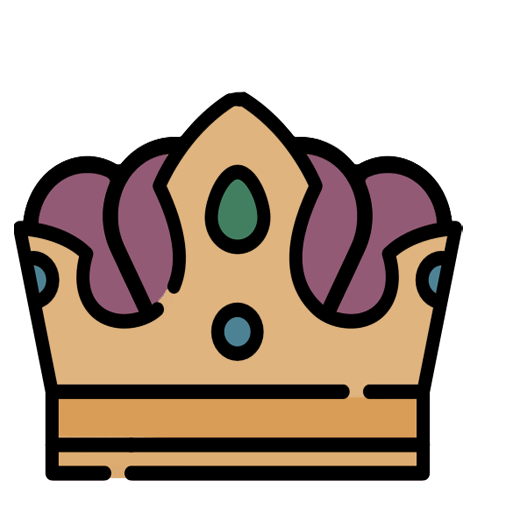
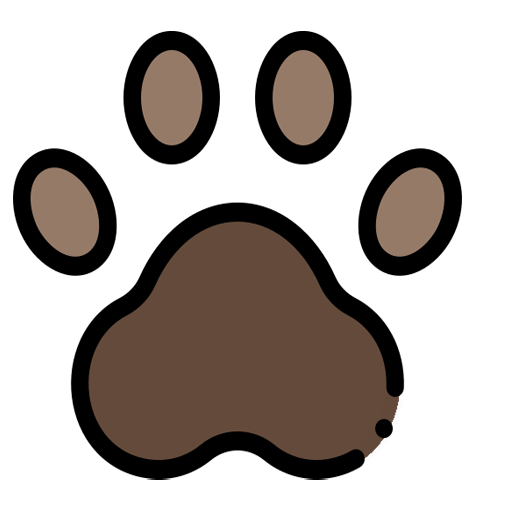
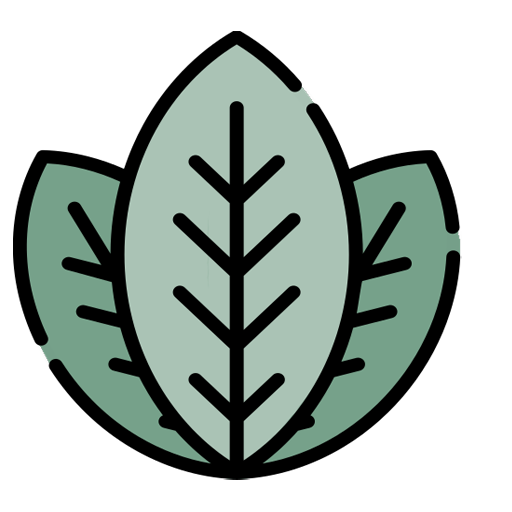
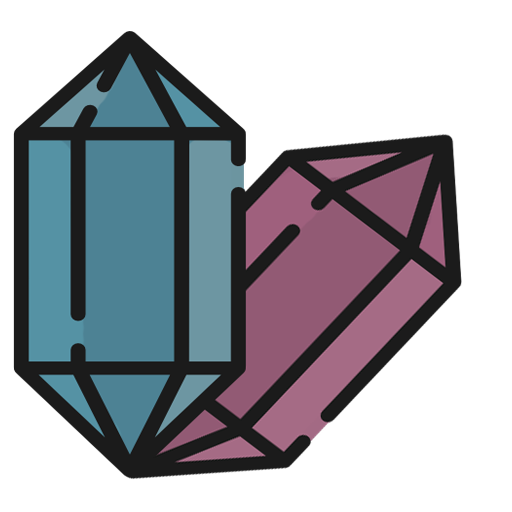
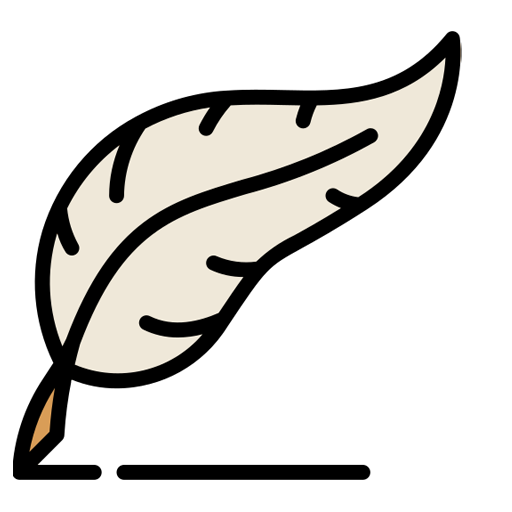
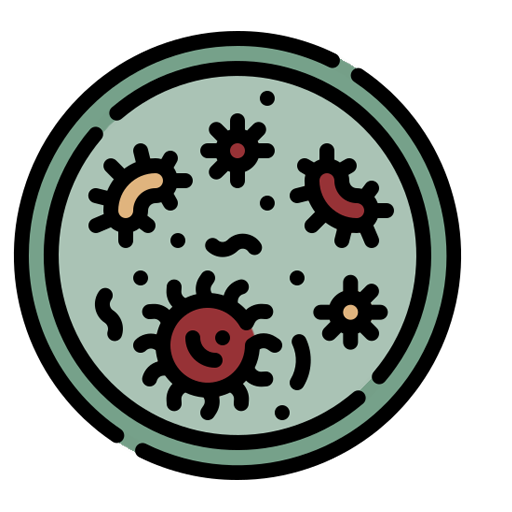
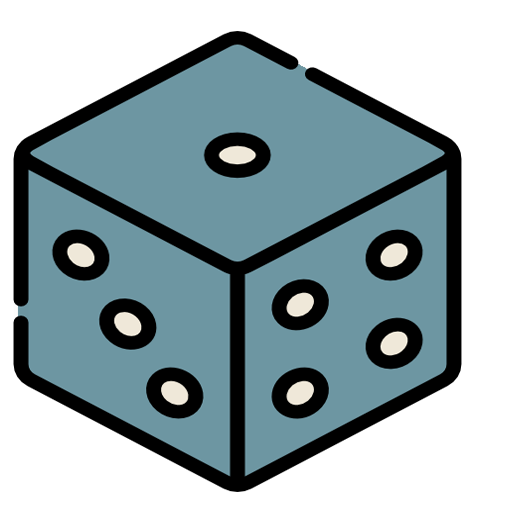
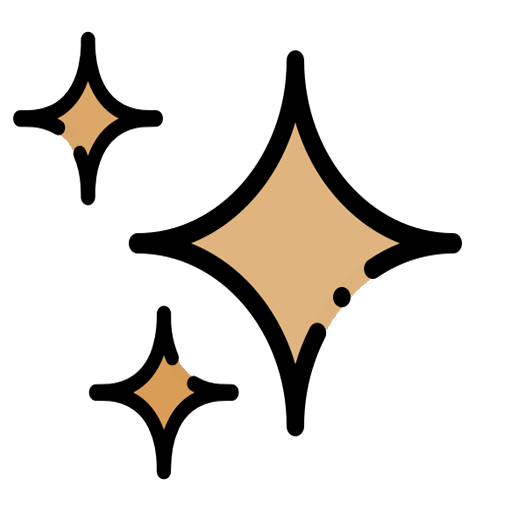


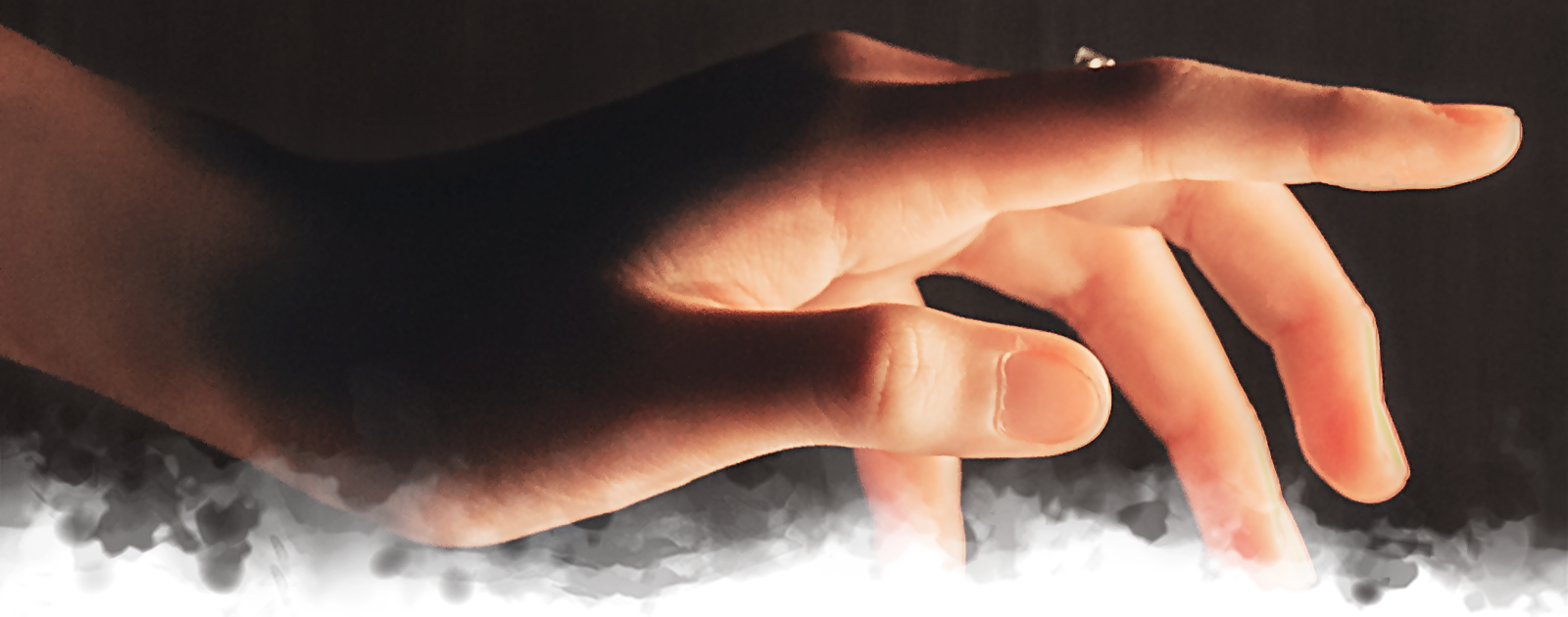


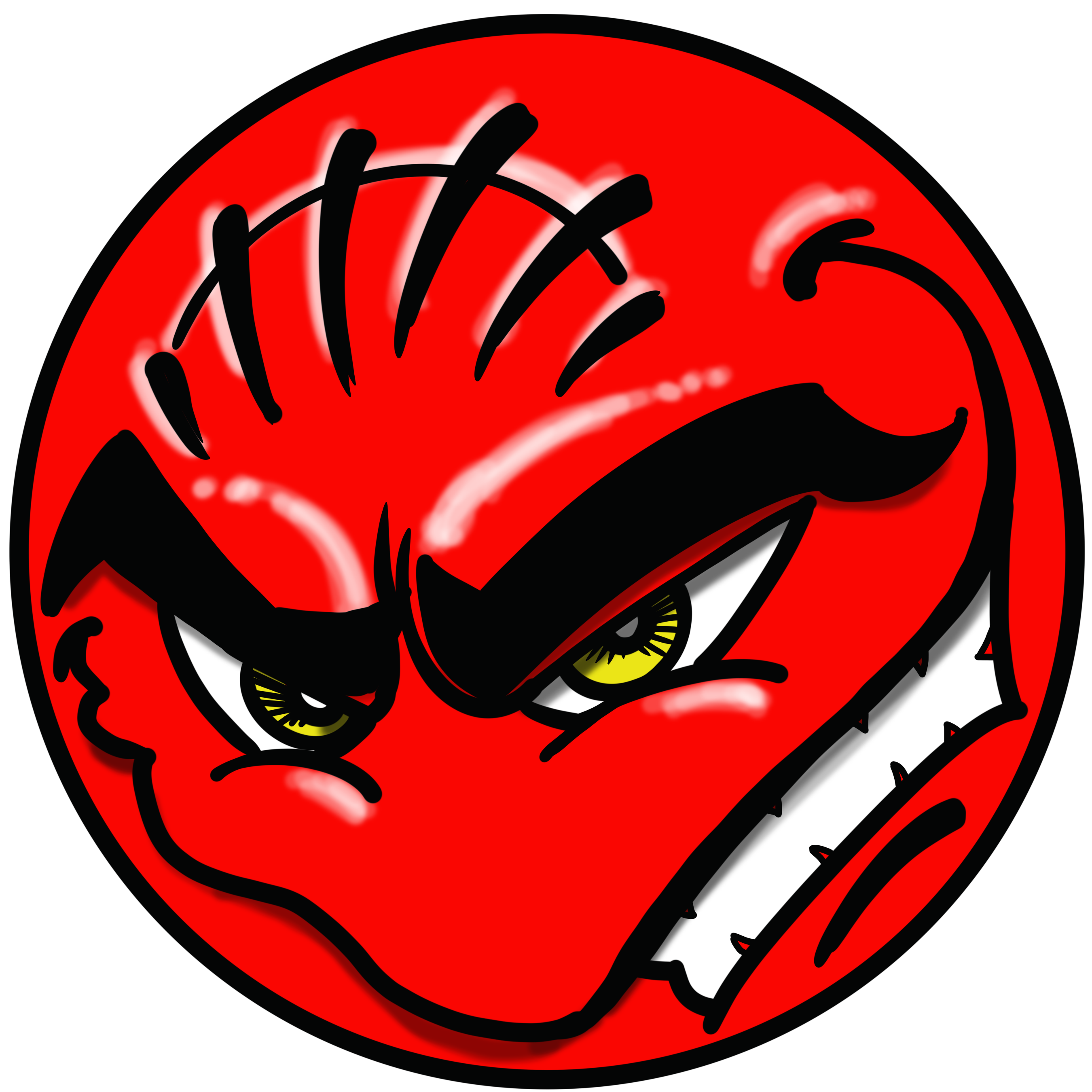
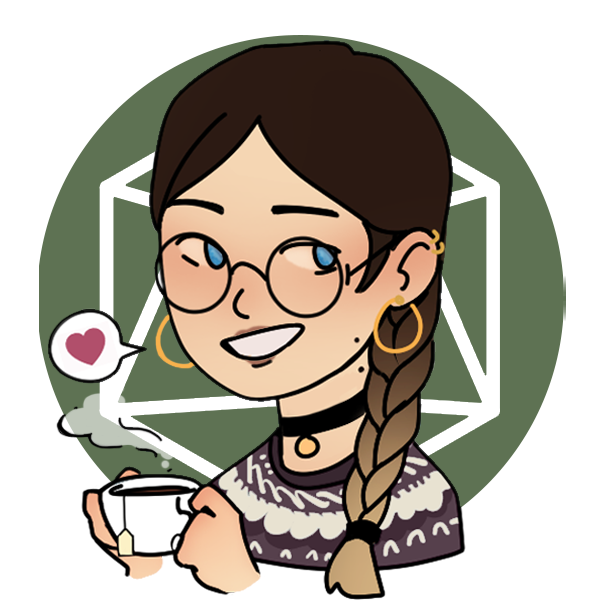

I absolutely loved reading this article. Goliaths are already a favorite race of mine and your very detailed feel dive into them was really well presented. I especially enjoyed their social system and the Górtra challenging the Voltak as a role.
Thank you! I wanted something more complex than the typical "roaming smash and bash" that Goliaths are by default, and I'm really happy with how I rounded them out. I'm so glad I could do your favorite race justice :D I hope you'll be just as happy with the Orcs when I finish them in the next day or so a, as well
⤳ Buy me a Ko-fi
⤳ Join My Discord